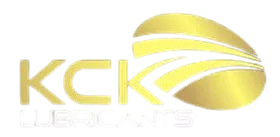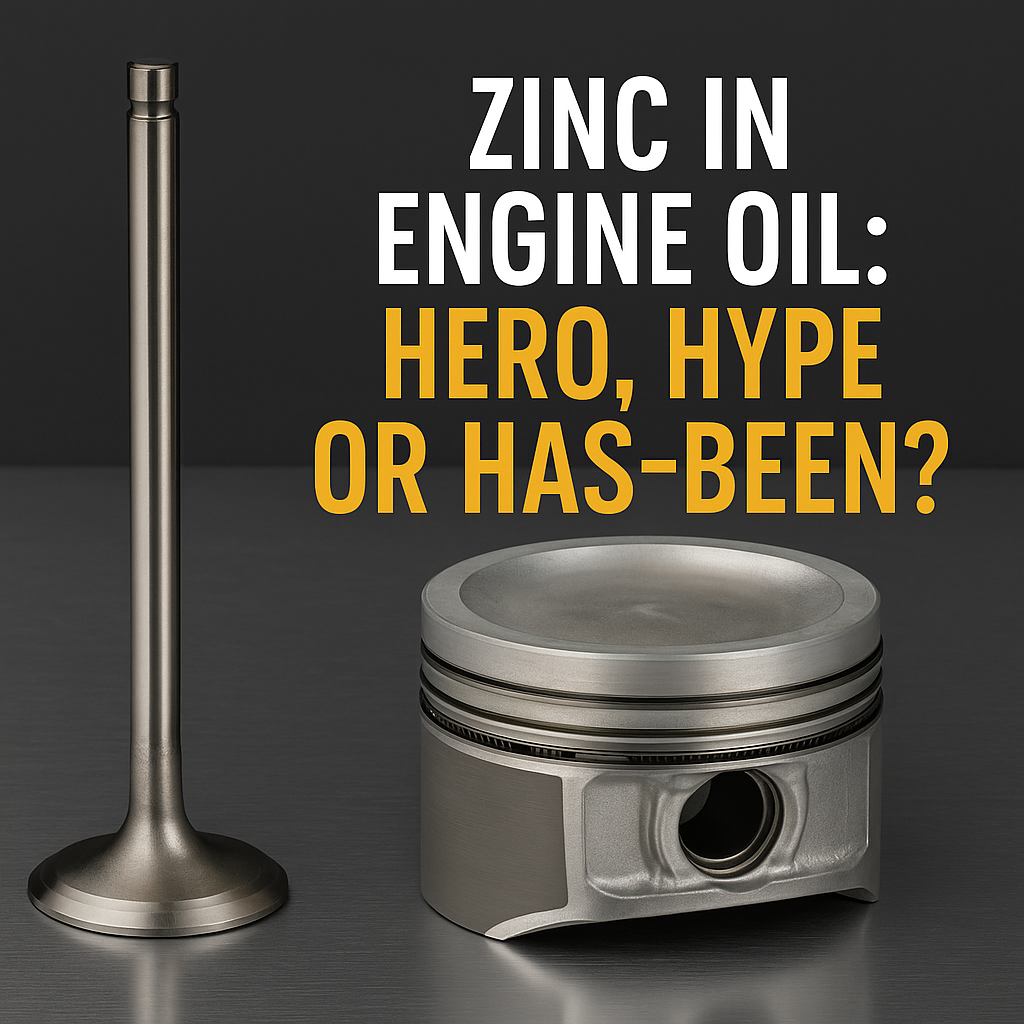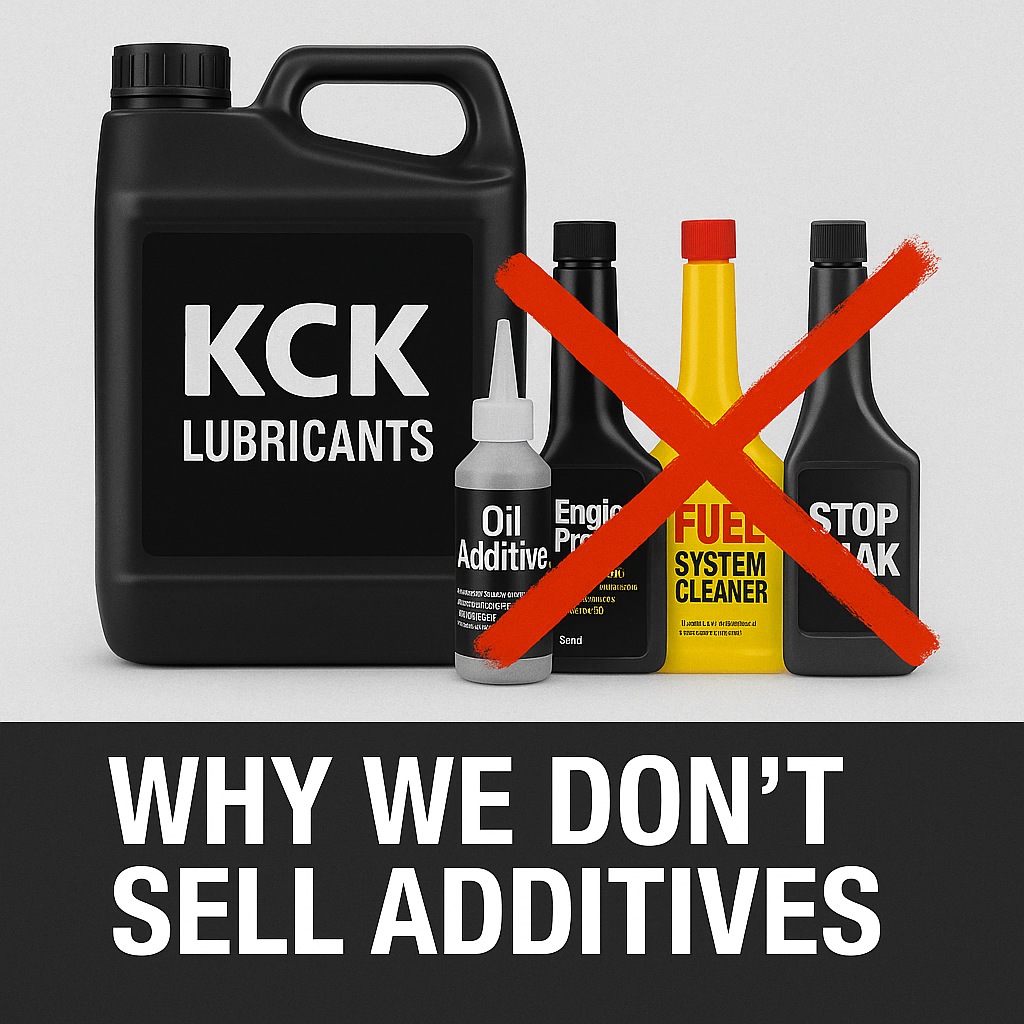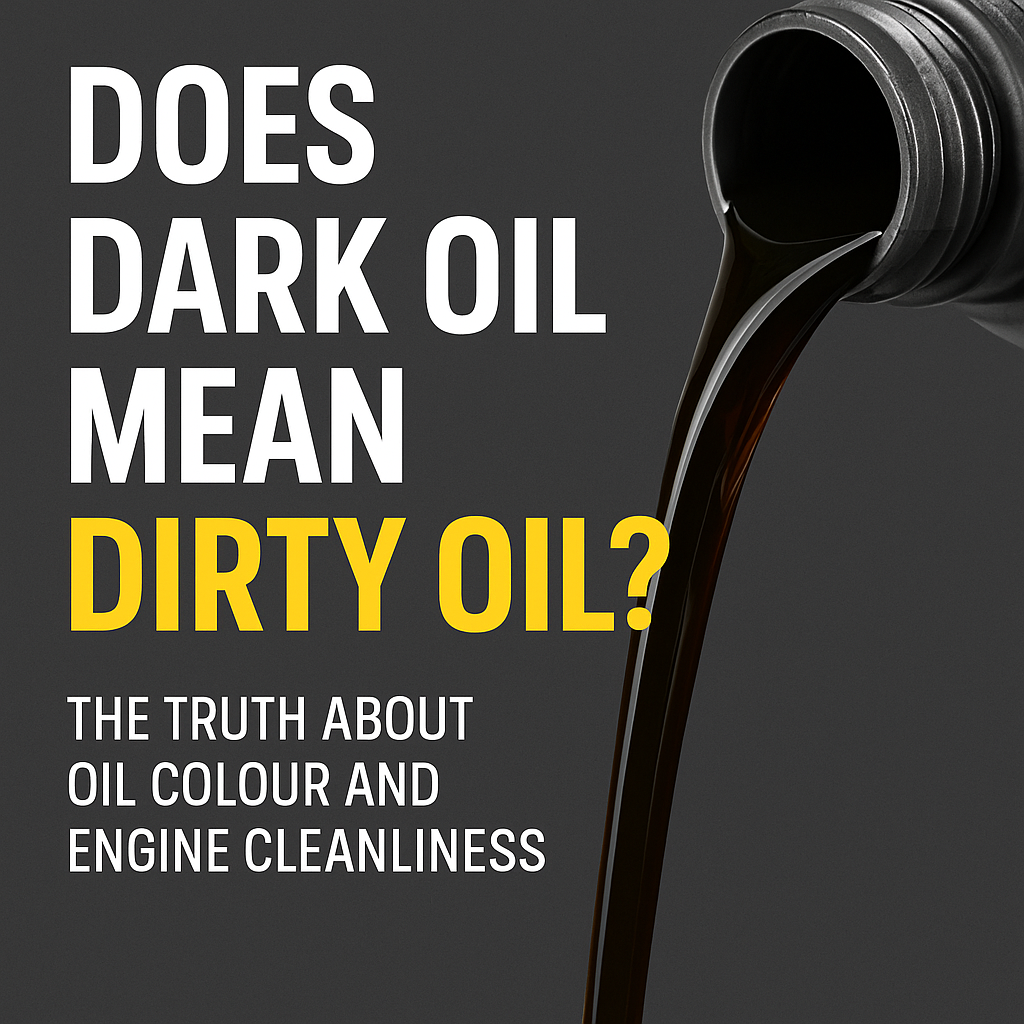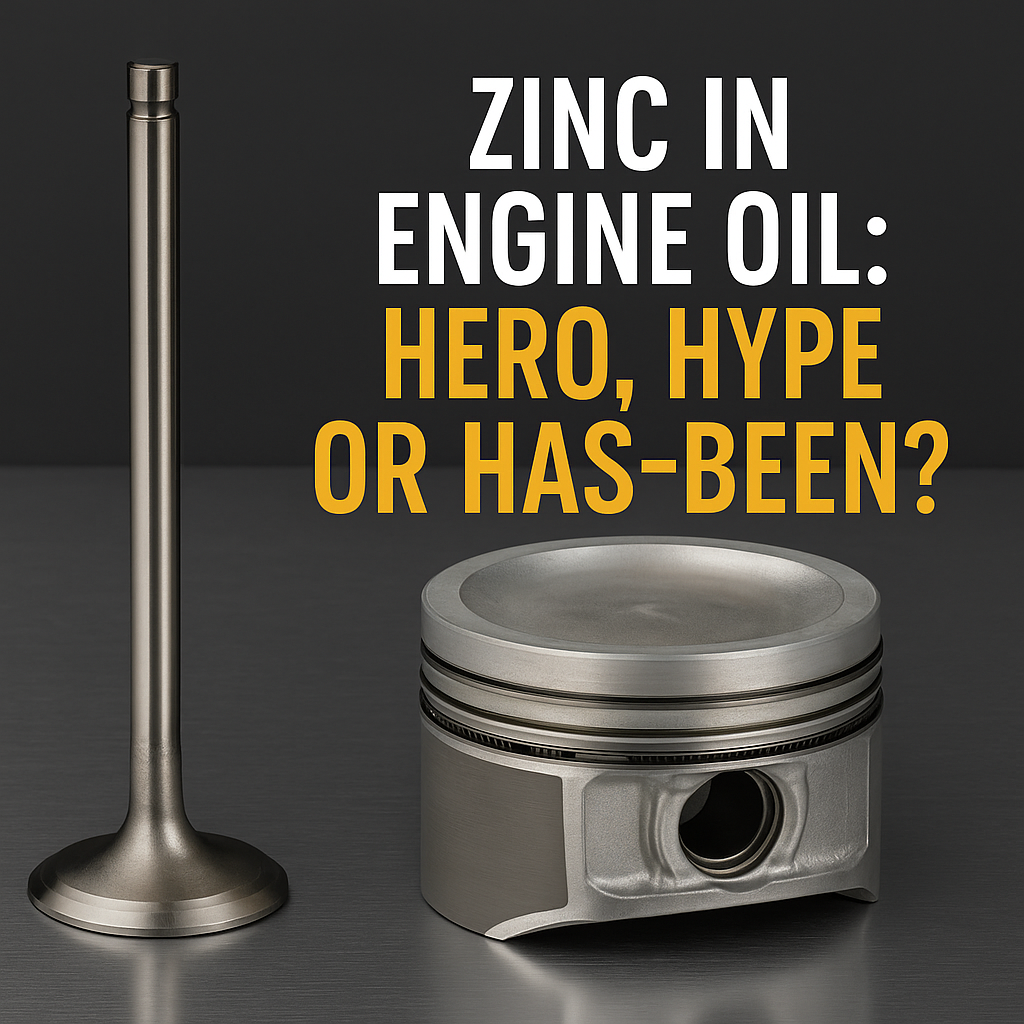Zinc in Engine Oil: Hero, Hype, or Has-Been?
If you’ve been around engines long enough, you’ve heard someone preach the gospel of zinc. Usually loud and usually convinced that more is always better.
But what’s the real deal with zinc in engine oil — particularly the stuff we call ZDDP (Zinc Dialkyl Dithiophosphate)? Is it still essential? Can you have too much? And is all zinc created equal?
Let’s dive in.
What Is ZDDP and Why Should You Care?
ZDDP is a proven anti-wear additive that’s been protecting engines since the ‘40s. It forms a sacrificial film on metal surfaces under pressure and heat — the kind of conditions you get on the contact surfaces of cam lobes, flat tappets, rockers, and lifters. Instead of your engine components grinding against each other, the ZDDP layer takes the hit.
In short: it’s a chemical bodyguard.
This is especially critical in:
-
Flat-tappet or aggressive camshaft setups
-
High-load, high-revving performance engines
-
Older engines without roller lifters or modern metallurgy
So yeah — zinc is still relevant. Big time.
More Zinc = Better Protection? Not Quite.
Here’s where most myths go sideways.
Yes, zinc protects. But piling in 1,800+ ppm of ZDDP doesn’t mean you’re bulletproofing your valvetrain. In fact, too much zinc can:
-
Lead to increased ash content, which clogs catalysts and leaves deposits
-
Interfere with other additives, like detergents and dispersants
-
Reduce oil stability, especially under long-drain intervals
ZDDP needs to be balanced. It’s not a solo act — it’s part of an ensemble of additives, and too much throws off the harmony.
Not All Zinc Is Created Equal: The Quality Divide
Here’s the juicy bit most people miss.
There are different types of ZDDP, and the quality gap between budget-tier and premium-grade is massive:
-
Basic or Primary ZDDPs: Cheap, common, and less thermally stable. They start working early but degrade quickly. Found in bargain-bin oils.
-
Secondary ZDDPs: Better for high-temp performance. They activate under more intense loads, offering stronger, longer-lasting protection.
-
High-Purity Performance ZDDPs: Used in motorsport and premium formulations. These are ultra-refined to minimise unwanted byproducts and maximise thermal resistance. Think podium-proven chemistry, not off-the-shelf filler. This is the good stuff — and what KCK blends in.
On paper, oils may look similar — both showing 1,200 ppm zinc — but it’s like comparing instant coffee to single-origin espresso. Same buzzword. Vastly different performance.
Why KCK Oils Get It Right
At KCK, we don’t just throw in zinc for marketing. We:
-
Engineer our oils to maintain additive synergy, not overload
-
Tailor zinc levels to application — race, street, off-road, diesel, methanol, etc.
The result? Predictable, proven anti-wear performance without compromise.
And the feedback speaks for itself — quieter valvetrains, cleaner cams, more consistent oil analysis, and no need to “top up” with aftermarket additives that throw the chemistry out of whack.
Final Lap
Zinc in engine oil is still a champion — but only when it’s used smart, balanced, and in top-shelf form.
More isn’t always better. Quality and chemistry matter.
And with KCK, you’re not just getting zinc. You’re getting the right zinc, in the right oil, built for the real world.
KCK Lubricants — where performance isn’t optional. It’s engineered.
